Manual Muscle Testing, MMT
Manual Muscle Testing was developed for the first time in the world during the 1860-1880 century by Swedish physiotherapists from the Royal Central Institute of Gymnastics (G.C.I.) in Stockholm, Sweden.
This university was founded by Pehr Henrik Ling in 1813. It was the first and it was unique, and at the time the leading college for all manual medicine and physiotherapy in the world.
Manual therapy was not created in Sweden (but probably thousands of years ago in China). What was done in Sweden, for the first time in history, was to create a school and university where a new occupational group was founded doing manual therapy, physical therapy, massage and medical gymnastics.
Medical doctors, physicians and therapists from all over the world went to Stockholm, Sweden to learn this new medical method.
The College GCI by Pehr Henrik Ling created the "Medical Gymnastics" which became the foundation of all physiotherapy and physical therapy.
A small part of the 3-year full-time education was dedicated to massage and massage therapy, which has later become known as the "Swedish Massage".
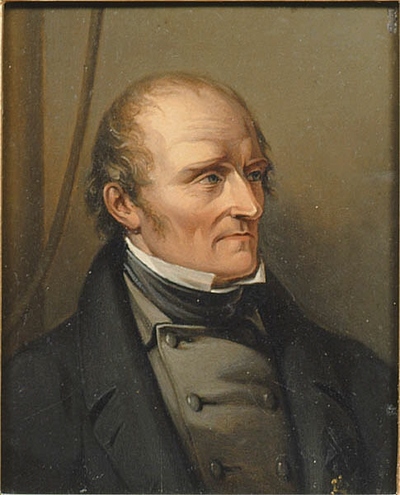
Pehr Henrik Ling (1776-1839) was the founder of the Swedish Medical Gymnastics, the foundation for all Physiotherapy and Physical Therapy, that was later developed in the USA.
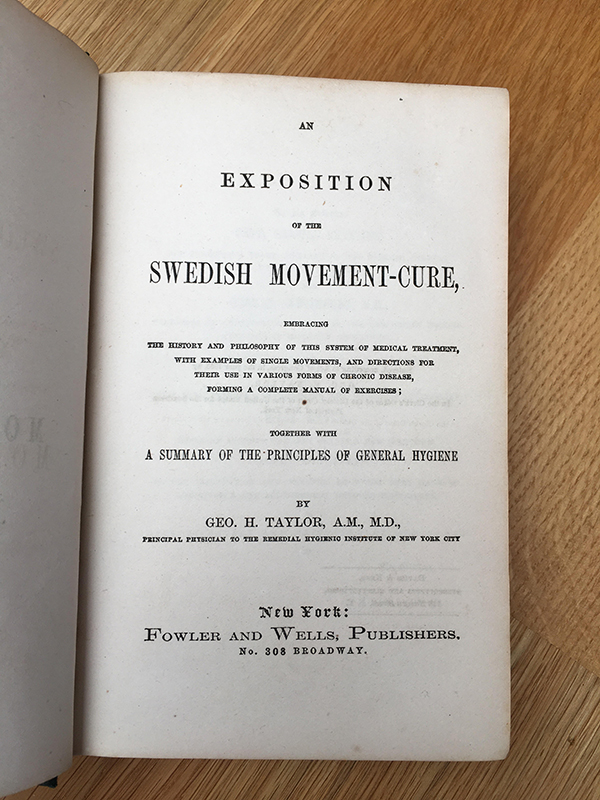
Dr. George H. Taylor (MD) from USA learned the Swedish medical gymnastics (kinesiology) and wrote the very first American book about it in 1860 - "Exposition of the Swedish Movement Cure" (New York, 1860)
"An Exposition of the Swedish Movement-Cure: embracing the history and philosophy of this System of Medical Treatment, with examples of single movements, and directions for their use in various forms of chronic disease, forming a complete manual of exercises"
Royal Central Institute of Gymnastics (G.C.I.)
Sweden was during this period, 200-150 years ago, the pioneer and the world leader in all manual medicine and created the profession of physiotherapist / physical therapist.
Note that this was before both osteopathy, chiropractic and naprapathy had been created.
150 years ago a Swedish orthopedic physician and trained physiotherapist, Gustaf Zander, created and built the foundation for today's modern Gym with over 70 different strength training machines, based on the specific muscle training developed on G.C.I.
Zander's gym machines spread later throughout the world.
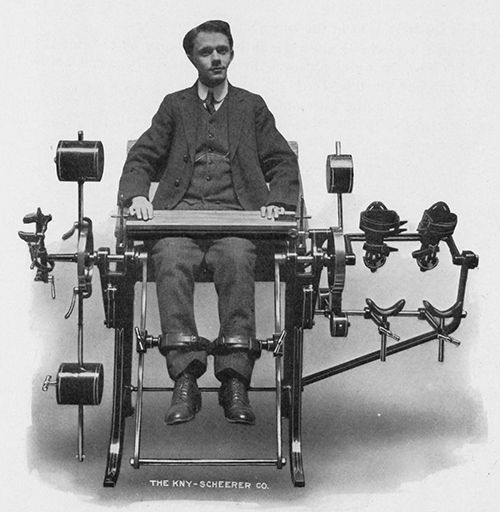
In 1887 Sweden was the first country in the world to have a government-approved medical license for physiotherapists / physical therapists (at that time is was called Medical Gymnastics).
The very first, still documented, Manual Muscle Test was made by the well-known Swedish physiotherapist and kinesiologist Henrik Kellgren.
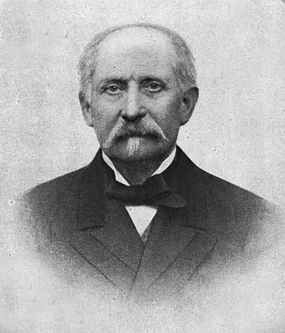
Henrik Kellgren was a major pioneer in Traditional Kinesiology and Physiotherapy and started several clinics and institutes in Sweden, Germany and England.
He was the grandfather of James Cyriax, who founded what is called Orthopedic Medicine.
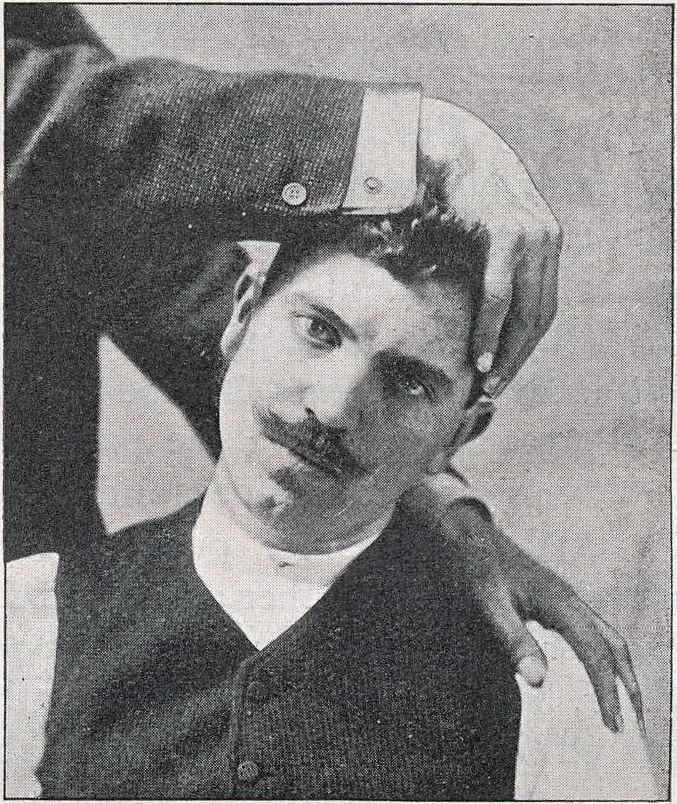
This is the earliest preserved image of a manual muscle test, anywhere in the world.
By Henrik Kellgren, at that time active in London.
The method of testing muscles was eventually spread to the United States of America by Swedish physiotherapists in Boston (at the "Boston Normal School of Gymnastics BNSG" and "Posse School of Physical Education and Physiotherapy").
Manual Muscle Testing was later further developed by the physiotherapist Wilhelmine G Wright and orthopedic surgeon Robert W Lovett at Harvard University in Boston, in the early 1910s.
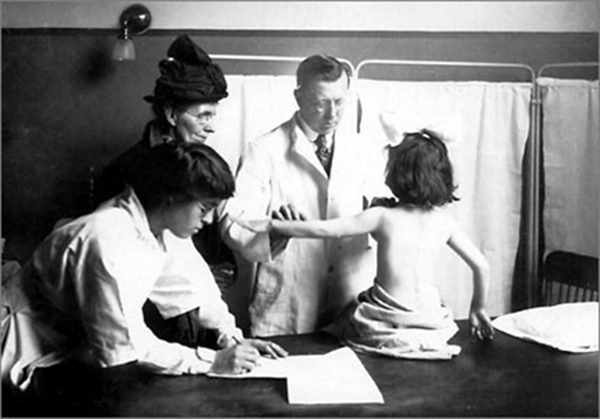
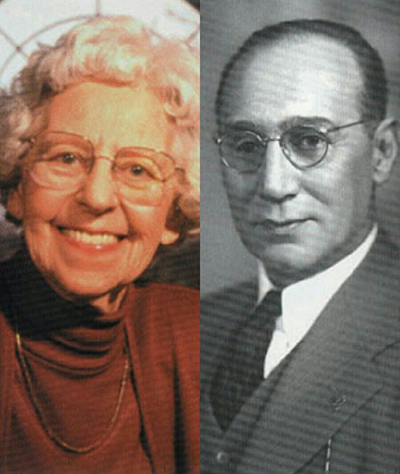
Most muscle tests used today in modern Manual Muscle Testing come from the physiotherapists Henry Kendall & Florence Kendall and the physiotherapists Lucille Daniels & Catherine Worthingham during the 1930-1940 century.
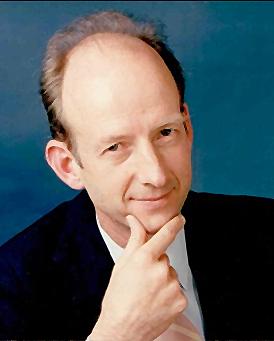
The practical use of manual muscle testing in analysis and diagnosis was deepened and further developed in the United States by chiropractor George Goodheart and chiropractor Alan Beardall in the 1960s and 1970s, within Applied Kinesiology and Clinical Kinesiology.
The chiropractor Alan Beardall in Clinical Kinesiology did single-handed develop more manual muscle tests than anyone else in the world.
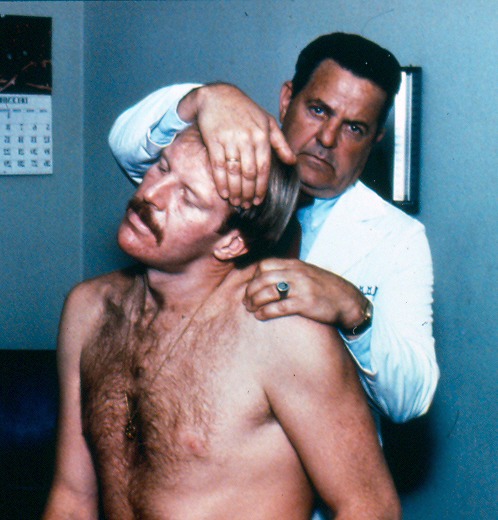
The foundation for the medical therapeutic work at the Central Institute of Gymnastics GCI (where even the Swedish Royal Family was treated for various ailments and diseases) was the new medical method called Rörelselära.
In 1854, the Swedish word "Rörelselära" was translated into the new international term and concept "Kinesiology".
It was a new word and a whole new term, coined by the Swedish professor and principal teacher at GCI in Stockholm, Carl August Georgii.
Traditional Kinesiology, created in Sweden, was a method based on the ability to influence diseases and the neurophysiology of the internal organs through several hundreds of different specific medical muscular exercises.
Today's modern kinesiology called Applied Kinesiology is based on similar principles and ideas, as Traditional Kinesiology and physiotherapy in Sweden during the 19th century.
Internal organs and endocrine glands can be affected by specific muscular excercises, manual treatments and muscular tests.
Specific muscle movements, associated with various internal organs and endocrine glands, are considered directly capable of affecting the autonomic nervous system and thus helping dysfunctions in the body's internal physiology.
Manual muscle testing and Kinesiology is Manual Neurophysiology.

A document of the modern manual muscle tests that today are used at the Swedish Academy of Kinesiology in Stockholm: Manual Muscle Tests.
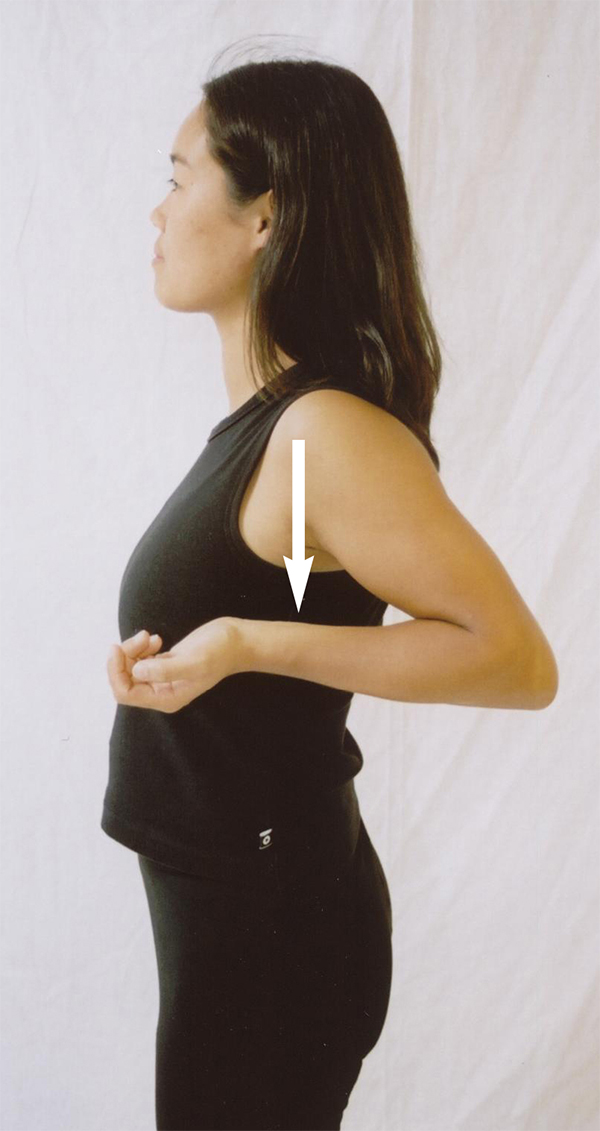
The picture shows a modern manual muscle test by kinesiologist and physiopractor® Mac Pompeius Wolontis, founder of Manual Kinesiology in Sweden, of the M. biceps brachii caput breve (Biceps brachii muscle, short head).
- "A muscle that affects two joints should be tested so the muscle is long over one joint and short over the other joint. A good example of such a muscle, is the M. biceps brachii caput breve (Biceps brachii short head), which is tested in this way to evaluate muscle function in the elbow joint.
Test Position -
Shoulder joint: extension/retroversion 45°, adduction 0°
Elbow joint: flexion 130°
Forearm: supination 90°
Direction - extension in the elbow joint.
This specific muscle test of M. biceps brachii is also a very good indicator, a so-called "Nerve Root Test", for the C5 segment of the neck (and should then be tested bilaterally and seated).
In order to test for the neuromuscular function of the Biceps muscle in the shoulder joint, we do a completely different manual muscle test, in Manual Kinesiology.
Manual muscle testing is Manual Neurophysiology
Kinesiology
www.Kinesiology.com
www.ManualMuscleTesting.com
The Kinesiology Network - Kinesiology.net
Swedish Kinesiology College
Email: info@kinesiology
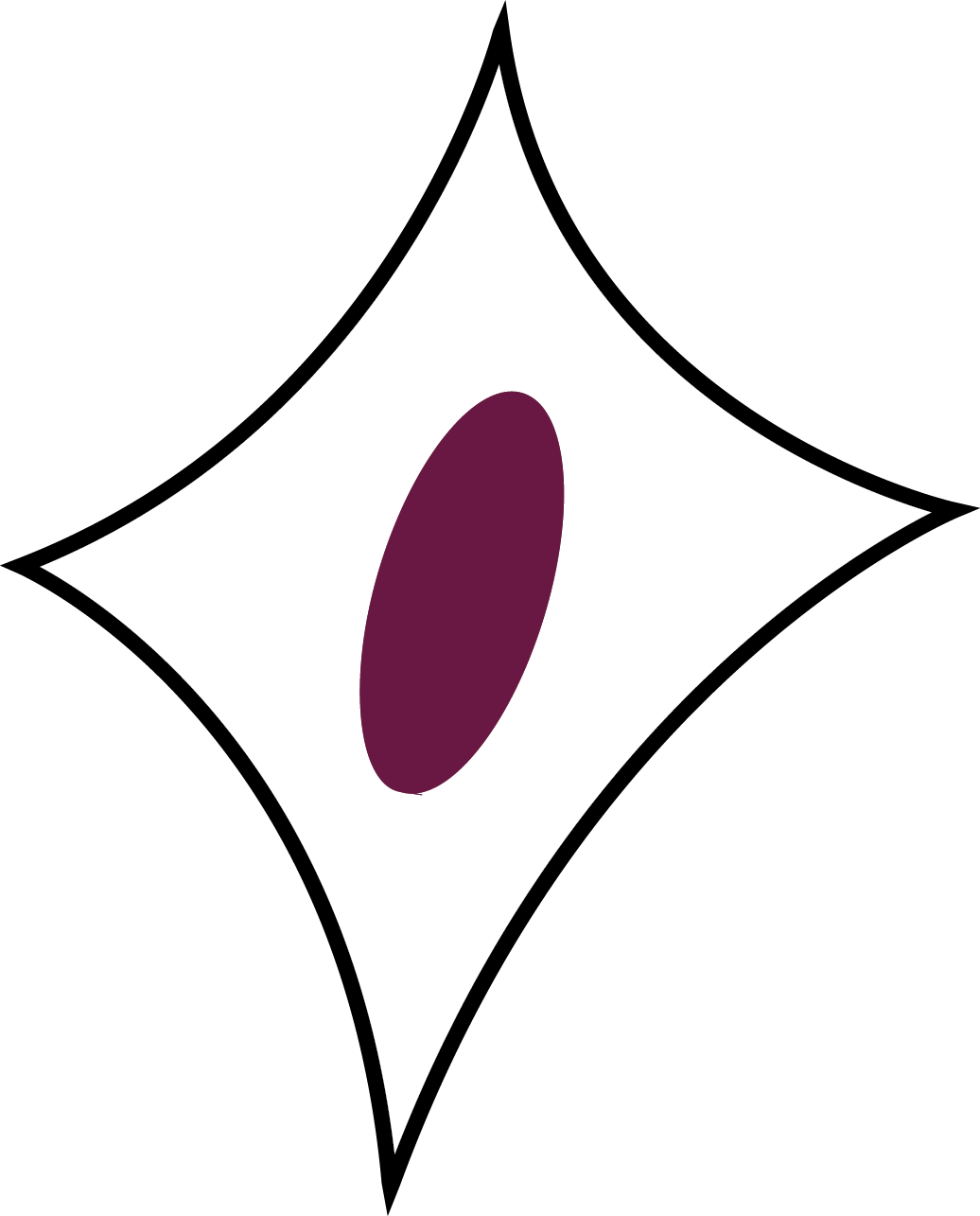
web production, editor and © copyright: Mac Pompeius Wolontis, www.Kinesiology.com, Sweden
